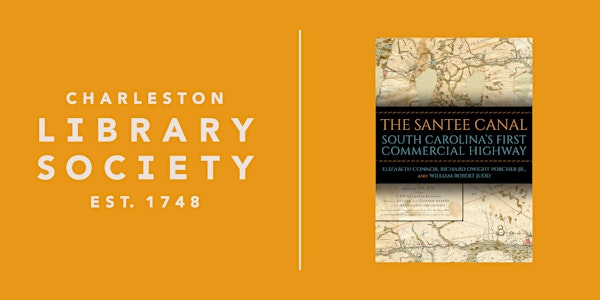A history of one of America's earliest canals and its impact on the people of the South Carolina Lowcountry
Completed in 1800, the Santee Canal provided the first inland navigation route from the Upcountry of the South Carolina Piedmont to the port of Charleston and the Atlantic Ocean. By connecting the Cooper, Santee, Congaree, and Wateree rivers, the engineered waterway transformed the lives of many in the state and affected economic development in the Southeast region of the newly formed United States. In The Santee Canal, authors Elizabeth Connor, Richard Dwight Porcher Jr., and William Robert Judd provide an authoritative and richly illustrated history of one of America's first canals.
The Santee Canal connected distant settlements, reversed the economic fortunes of planters who altered the relationships between enslaved and enslavers and represented an important engineering achievement of the early canal-building era in the United States. This remarkable economic, social, and political story is brought to life by the stories of the many individuals who had a hand in building the canal. From the landowners through whose property it cut, to the enslaved laborers who carved its path, to the enigmatic chief engineer Johann Christian Senf—the individual and local perspectives on this grand undertaking ground this history in the life and times of late 18th-century South Carolina.
Connor, Porcher, and Judd tell a comprehensive story of the canal's origins and history. Never-before published historical plans and maps, photographs from personal archives and field research, and technical drawings enhance the text, allowing readers to appreciate the development, evolution, and effect of the Santee Canal on the land and the people of South Carolina.
